Specialized's Allez: The bike that said no to carbon
Cyclingnews visited Specialized’s new UK headquarters to talk over the past, present, and future of the Allez
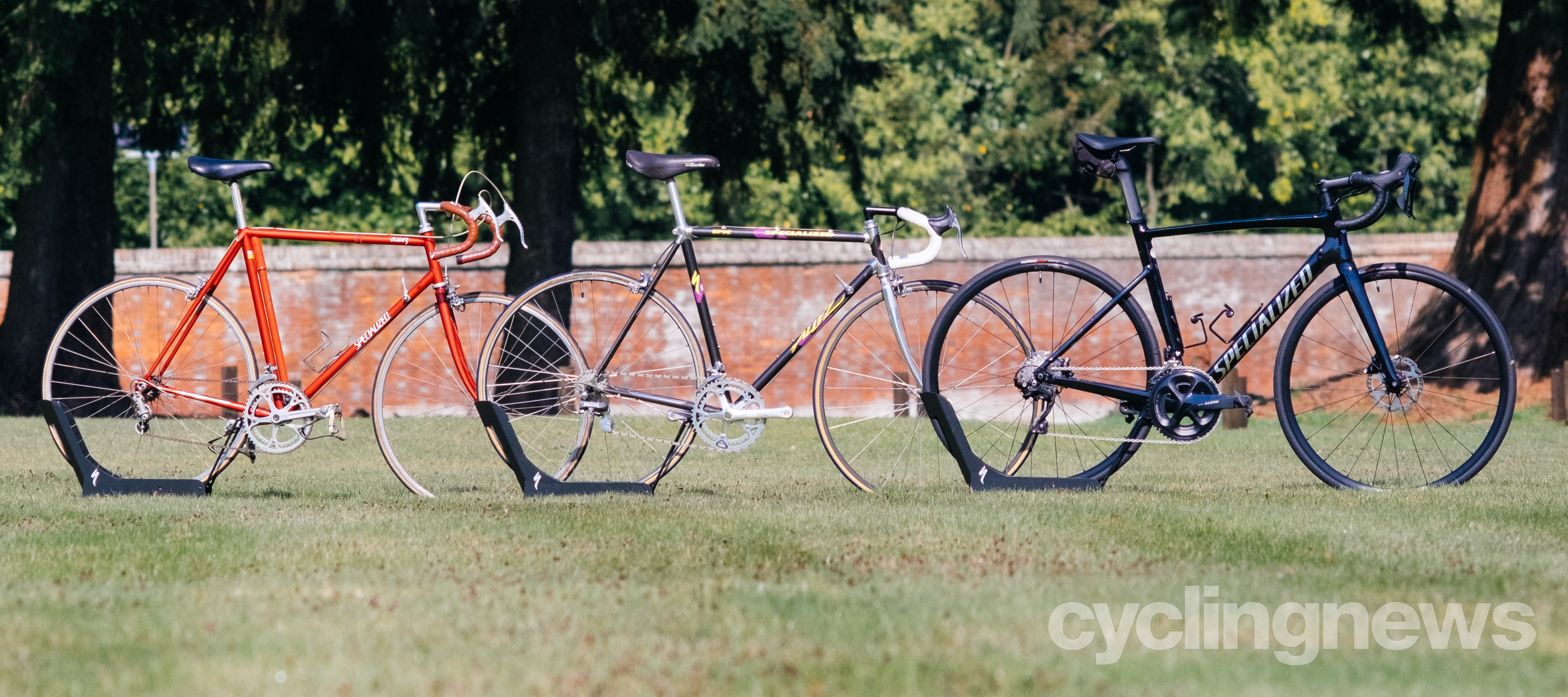
The Specialized Allez has been in continuous production since 1981. As one of the original models in the company’s lineup (alongside the Stumpjumper and the now discontinued Sequoia) it has noticeable sentimental value on a corporate level. While, for many years, it fell from the top of the performance tree, ousted by the carbon Tarmac and Roubaix and left to languish as an entry-level option, the launch of both the original and the latest versions of the Allez Sprint have sought to redress this imbalance and bring the model back to the forefront of racing again.
In order to understand the history of the model, and in a bigger sense the history of Specialized as a whole, I took a trip down to its new Surrey headquarters and chatted over two beautiful vintage Allez models.
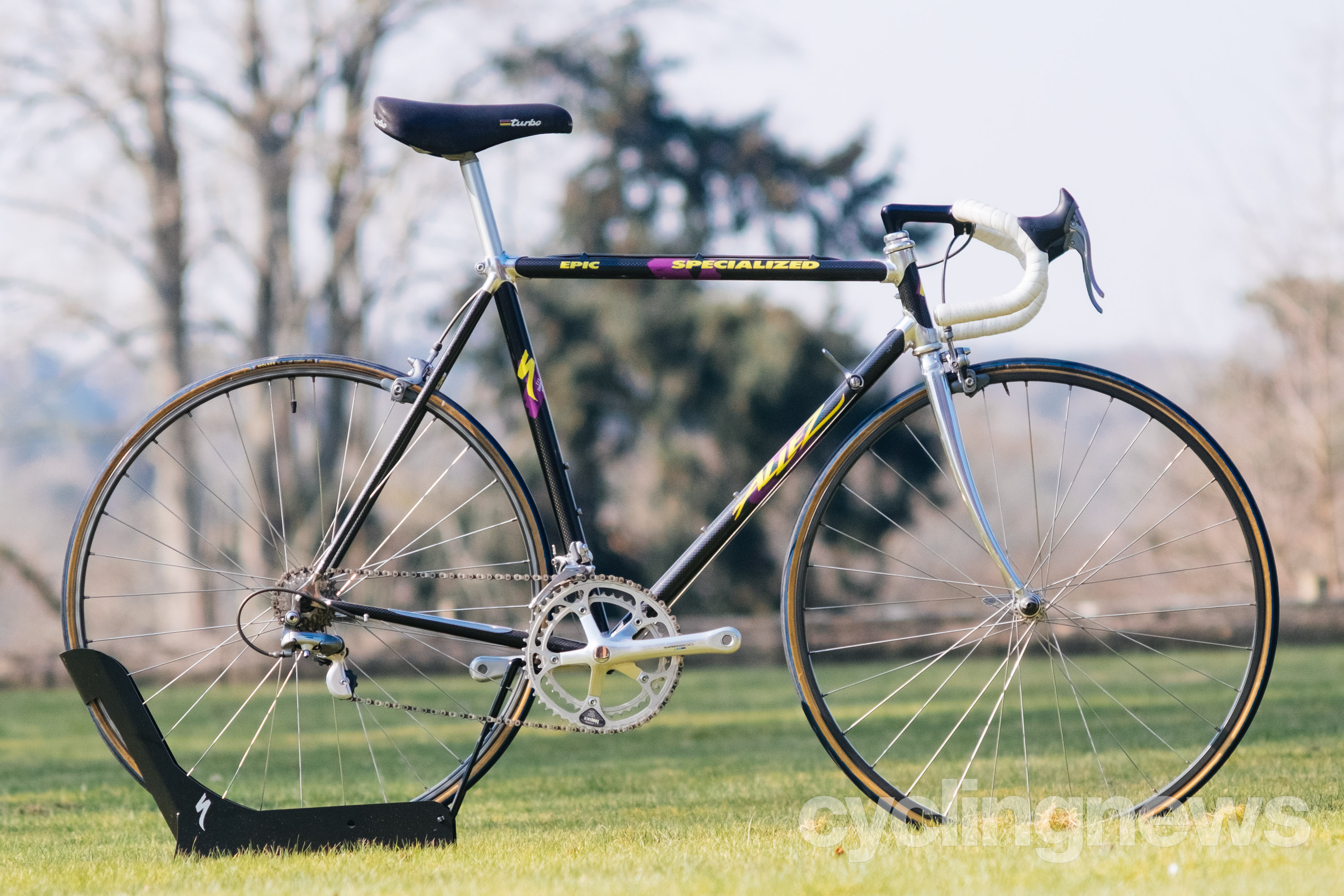
The original Allez, and the Allez Epic
I’m sitting in the lobby of Specialized’s UK headquarters, not quite in the shadow of Box Hill, but not far off. There’s an excellent coffee in front of me, an S-Works Diverge frameset strung up beside me, and through the door to a meeting room, I catch a glimpse of a museum-grade original Stumpjumper. Clearly this isn’t a company afraid to draw upon its history.
Halfway through my coffee, I hear the unmistakable tic-tic-tic of a vintage freehub. So much more muted than the vicious buzz you get on some of today's best road bike wheels. Out into the main lobby is wheeled a beautiful, slightly tousled, original 1981 Allez. A handsome red, with elegant tubes, a scalloped seatpost, and the original company logos. It’s swiftly joined by a brasher looking, black carbon tubed 1988 Allez Epic, with polished alloy lugs. Outside in the sun, on a terrace overlooking a river and next to a tennis court, I start getting a better look at them both.
The Allez was always a race bike, I’m told. The Stumpjumper fulfilled the burgeoning mountain bike niche, and the Sequoia was something akin to a Dawes Super Galaxy; a light tourer, or the ‘endurance’ model. Both the original and the Epic you see here were raced at elite level, but in the USA rather than Europe. At the start it was hard for the Allez to cut through into the euro scene, with the peloton on long-established Colnagos or Peugeots. Why would they use something unproven from the upstart Americans?
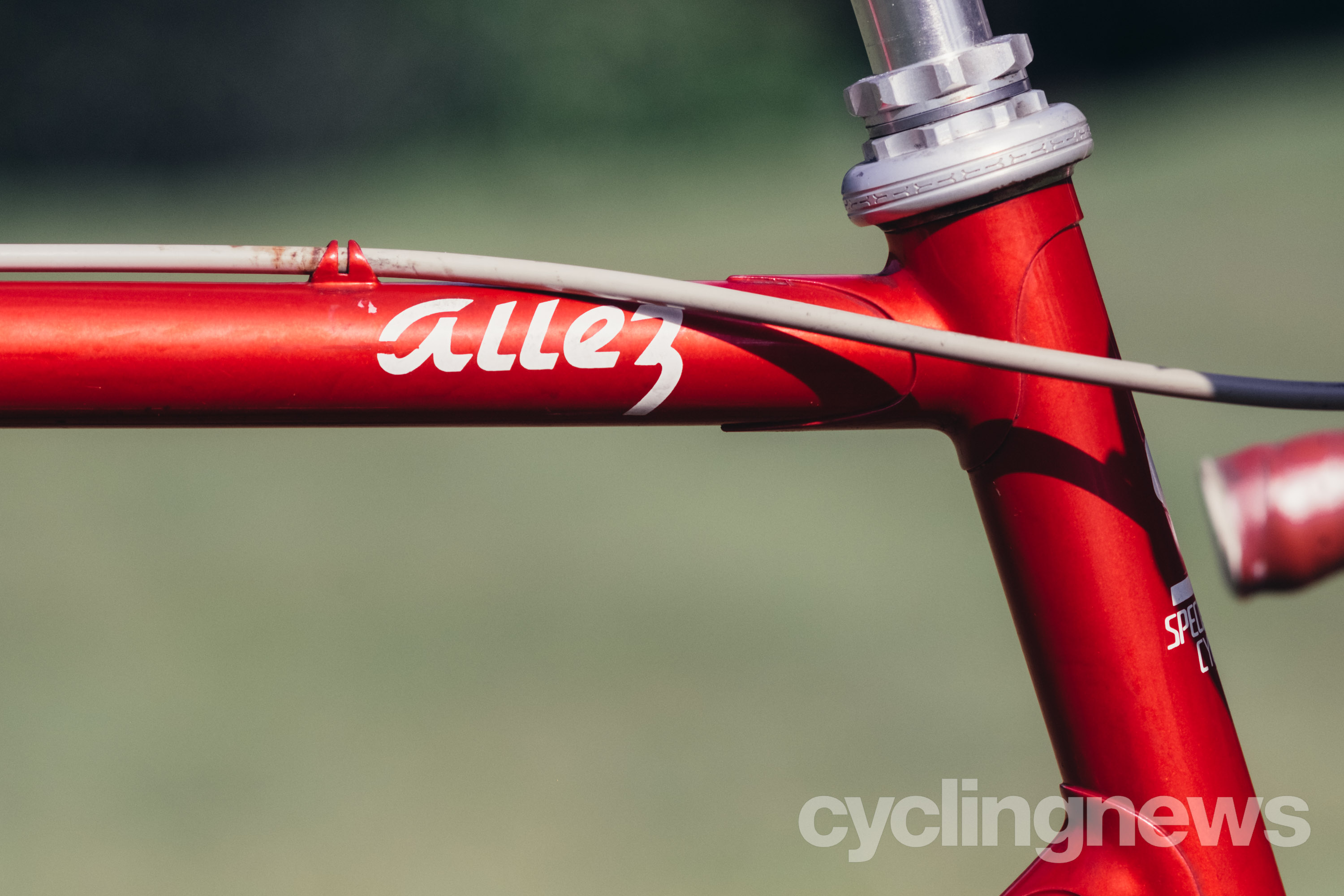
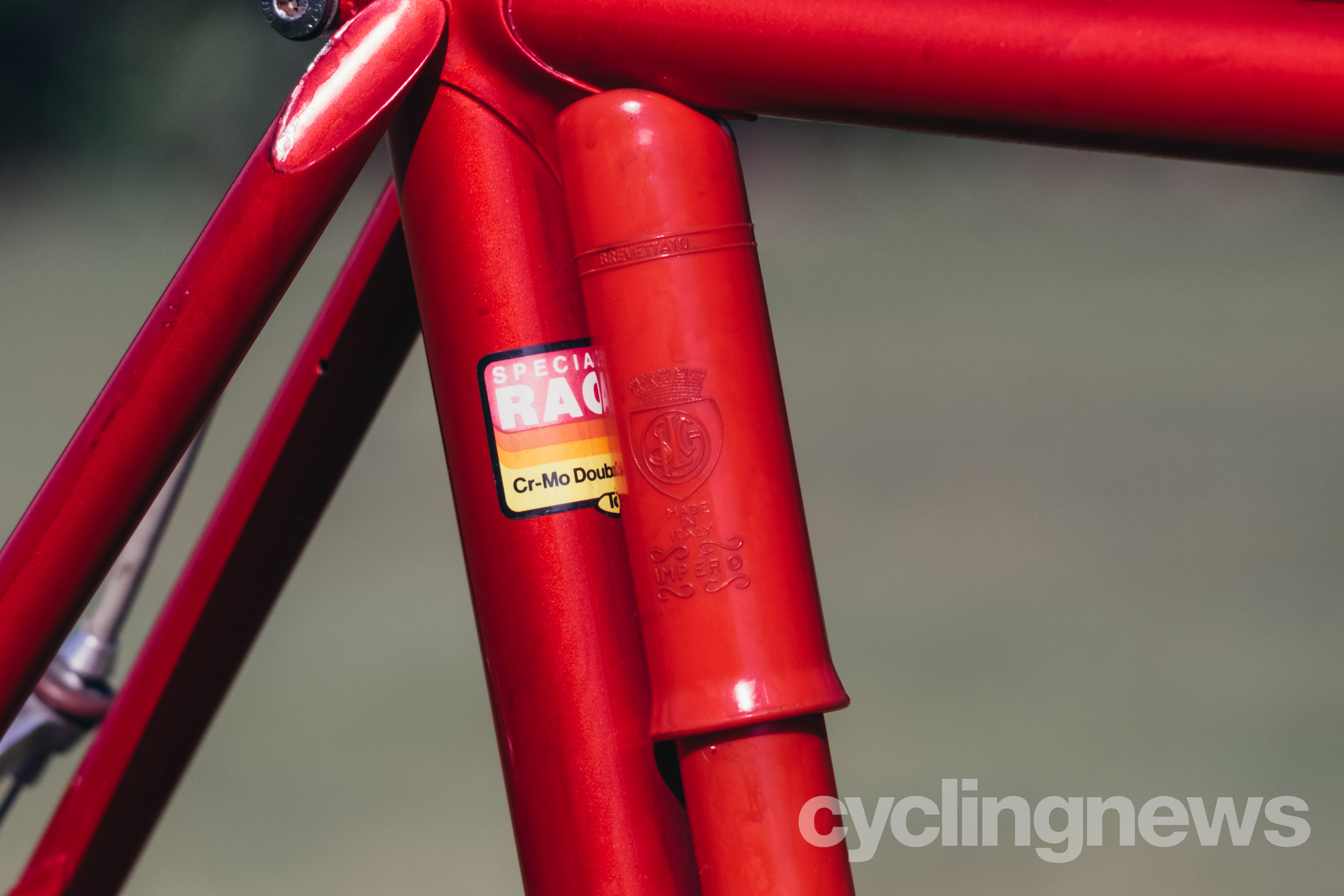
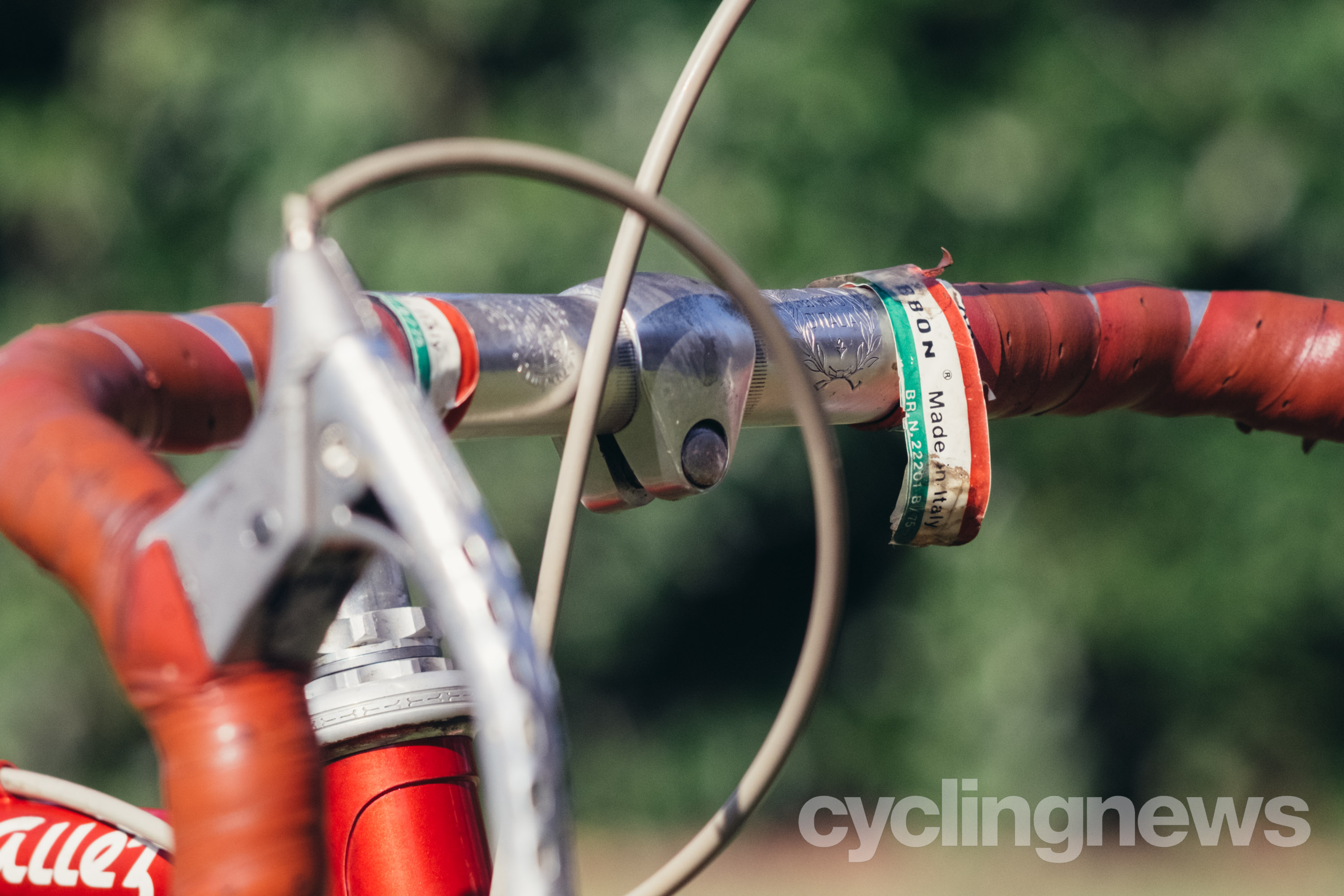
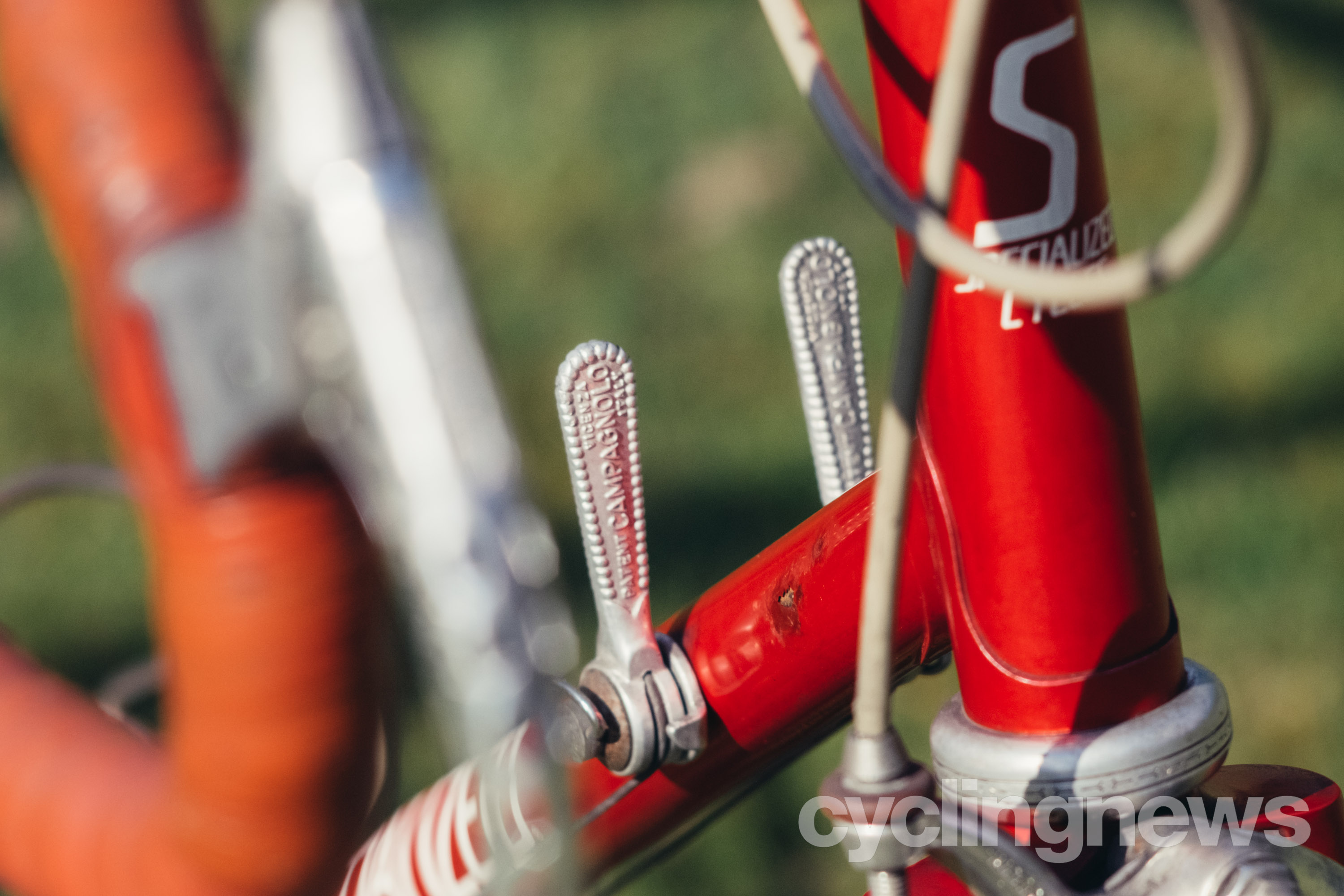
The nature of lugged construction means both bikes have almost identical geometries, though they’re clearly quite different. The original is all Tange steel from Japan, and built in Taiwan. The Epic utilises cast and polished lugs (CNC machining hadn’t broken out yet) and Taiwanese carbon tubes that were both bonded and screwed into place. Interestingly, alloy lugs were the latest iteration of this design, with initial efforts utilising steel and then titanium. If you’re curious about bike frame production at this point then come back later and take a dive into how bicycles are made.
The original model is gorgeous, but nothing groundbreaking in either construction or build; Campagnolo drivetrain, Suntour brakes, and Cinelli handlebars. Not to detract from it in any way - lugged bicycle construction is by its nature constrained and leaves very little room for deviation besides the choice of tubing and any elaborate carving that would only serve to add expense. A vintage matching Silca Imperio frame pump is a gorgeous cherry on top, however. While the world of mountain biking was new and free from tradition, the Italian componentry on this bike perhaps hints at a bid for acceptance into the race scene; maybe if it wears the uniform it can cut it in the big leagues.
Get The Leadout Newsletter
The latest race content, interviews, features, reviews and expert buying guides, direct to your inbox!
Fast forward seven years and things appear to have changed; gone are the subtle logos of the original, replaced by eye-catching yellow and purple and the emergence of the famous ‘S’ on the headtube that has remained mostly unchanged since. The Epic features a build utilising Shimano 600, ovalised Biopace chainrings and indexed downtube shifters. I’m told Campagnolo builds were available too though, for those who still wanted to mix in some classic touches. Here, there is innovation - the lugs differ from those of a classic steel frame in that they have an internal sleeve that extends into the carbon tubes, as well as providing a socket themselves. This, it would seem, not only allows for a larger surface area for the adhesive to act on but also adds strength at high-stress areas. This focus on innovation at the tube junction points mirrors the work done on the latest models of the Allez Sprint, particularly the headtube of the latest iteration.
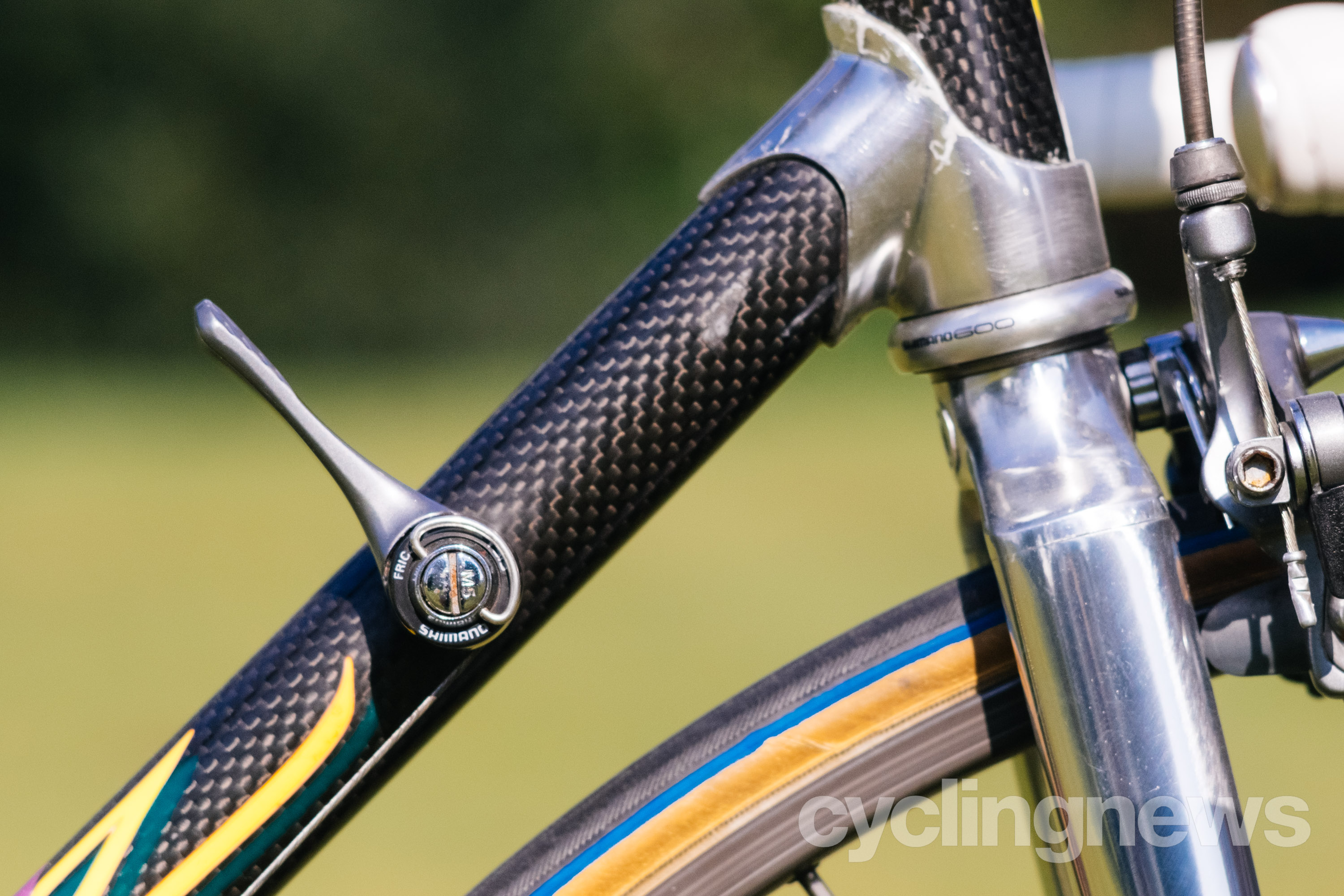
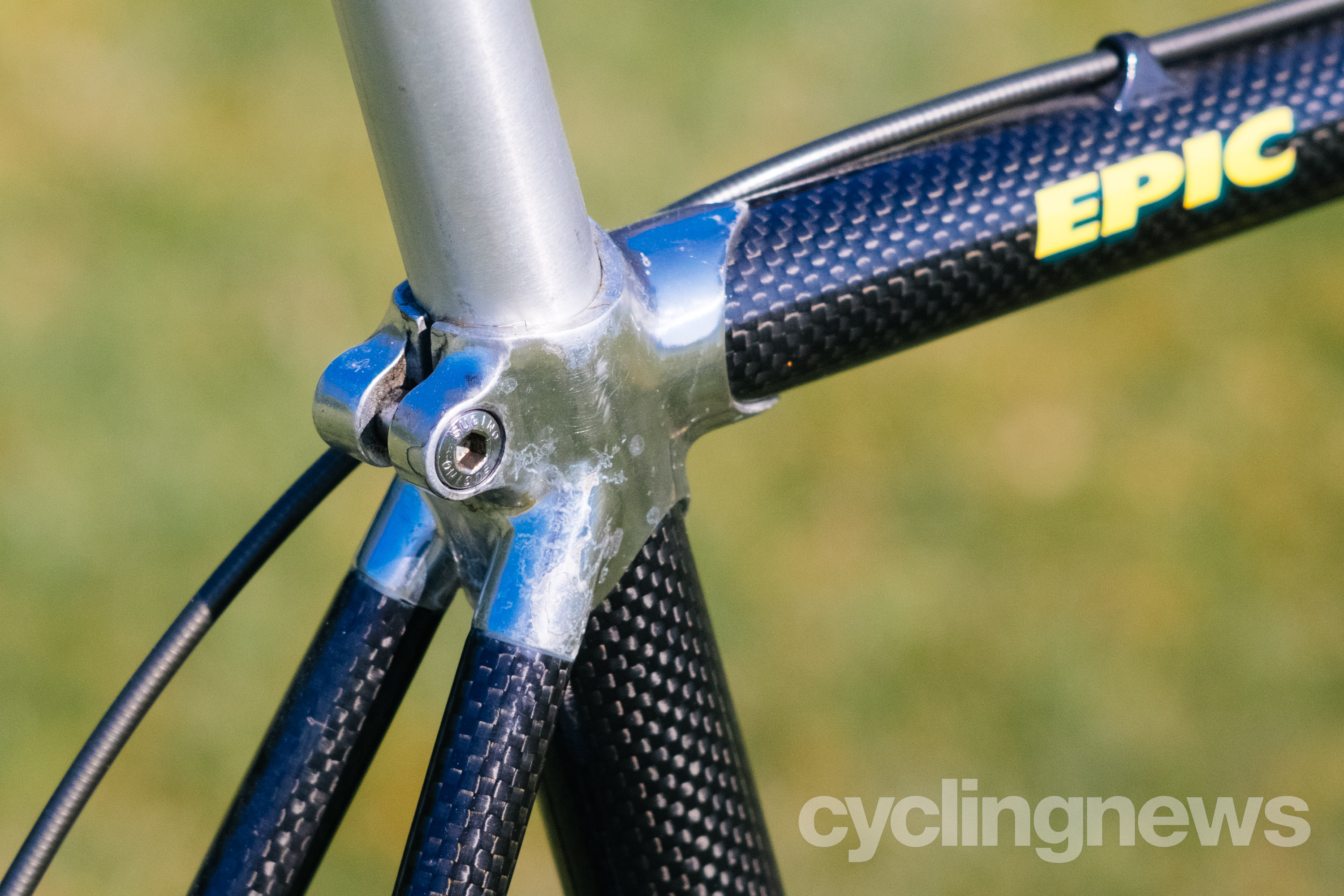
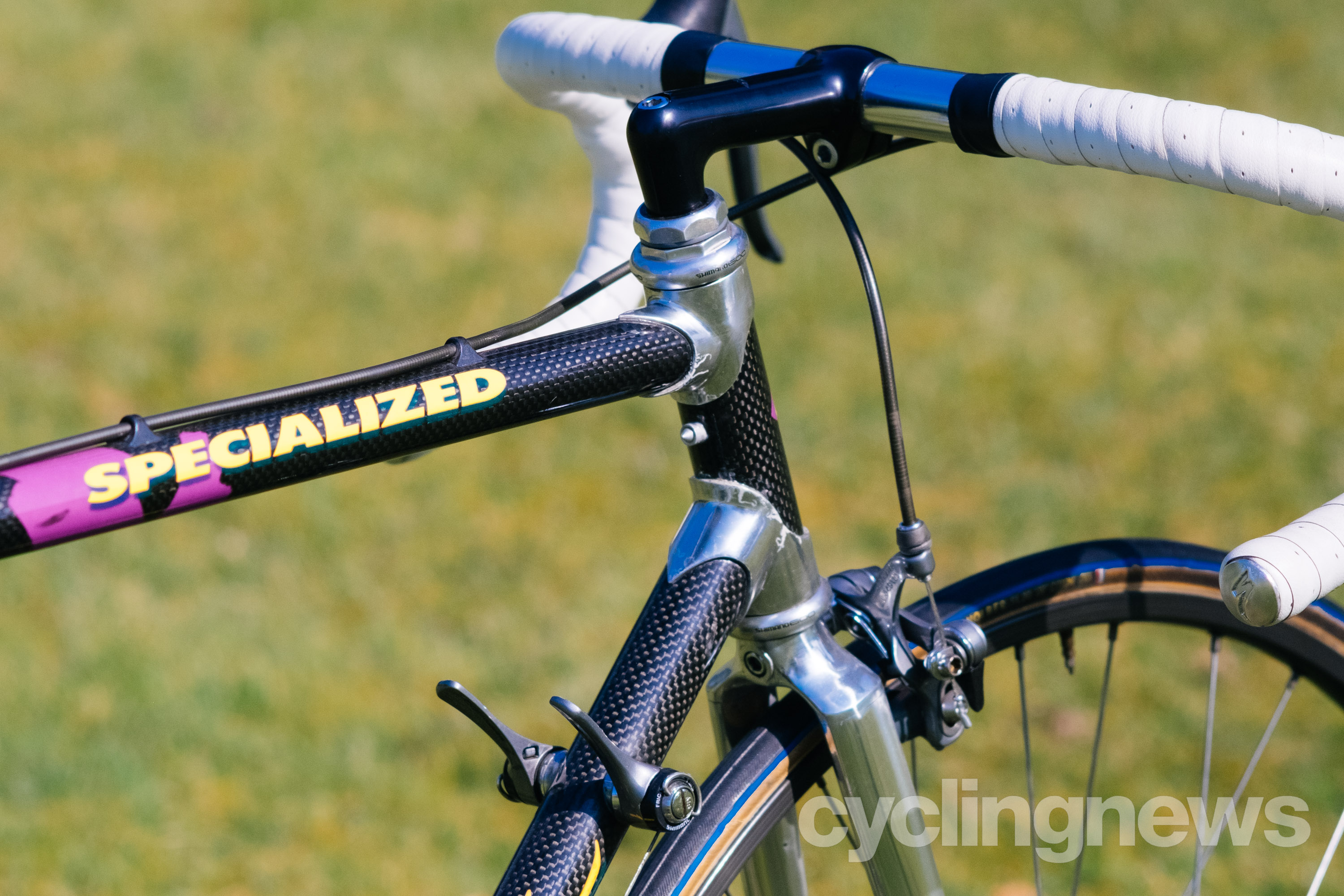
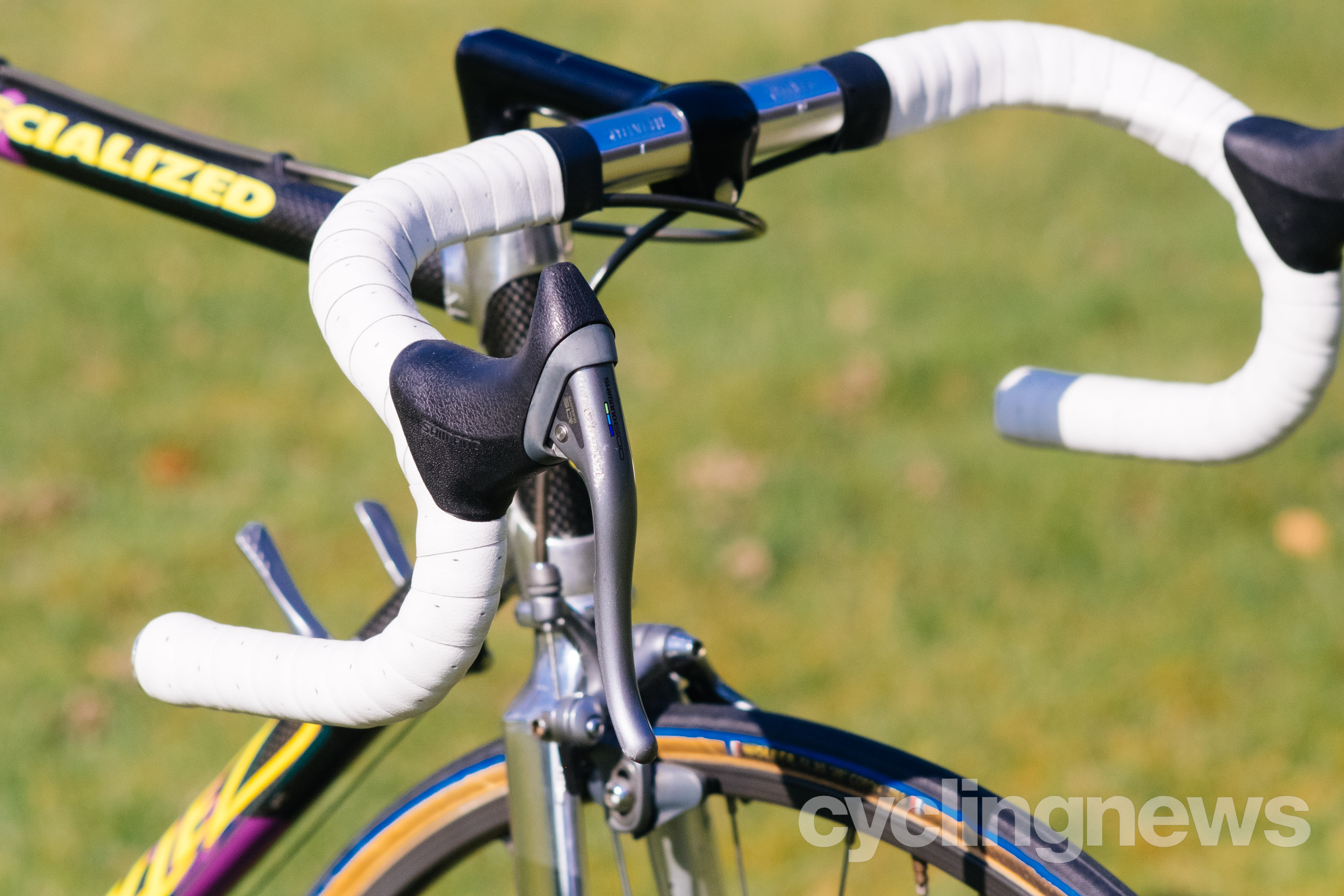
The Allez today
It’s always a tricky task to try and draw parallels between old and new bikes. Componentry, geometry, and frame materials have all changed since the inception of the Allez - how many bikes can you think of that have gone from steel, to carbon, and then back to aluminium? All three models, the 1981, 1988 and the new Allez Sprint all share a BSA bottom bracket, but beyond that, in physical terms, the latest iteration is a million miles from the originals (as would any high-performance race bike of today be).
Where the similarities lie is in the more nebulous world of ‘vibes’, for want of a better word. The original model was pretty safe in terms of branding and general looks but by the time the Epic is on the scene, it is clear that Specialized was no longer trying to blend in. Compare a Colnago Master of the same year to the Epic and you can really get a sense of a company trying to upset the apple cart; the Epic is much more visually arresting.
This I think is what links the Epic to the Sprint of today. Both race bikes, both with innovative frame construction, and if you take the paintwork of the frameset only options rather than the safe black/sea green, both with bigger focus than the norm on aesthetics.
I don’t think it’s unfair to say the Allez, in terms of being a race bike, has had a few years in the wilderness since the introduction of the Tarmac and the Roubaix. Being the aluminium model it languished at the entry- and mid-level. The Stumpjumper, in contrast, has always been the top of the range model and had the additional cut-through of being at the forefront of a pioneering new discipline, and so hasn’t had to deal with any crises of identity. With the 2014 S-Works Allez, and the subsequent divergence of the model into Allez and Allez Sprint, it’s clear Specialized are keen to re-cement it in the cycling psyche as a race bike, but these things take time. The comments section and the memes of social media show consumers don’t necessarily make the distinction between the Allez Sprint and the still available, but slightly dated Allez. You see “$3,000 for an alloy bike?!” and wonder if at some point one or other of the models will need a rebrand to make a clearer distinction.
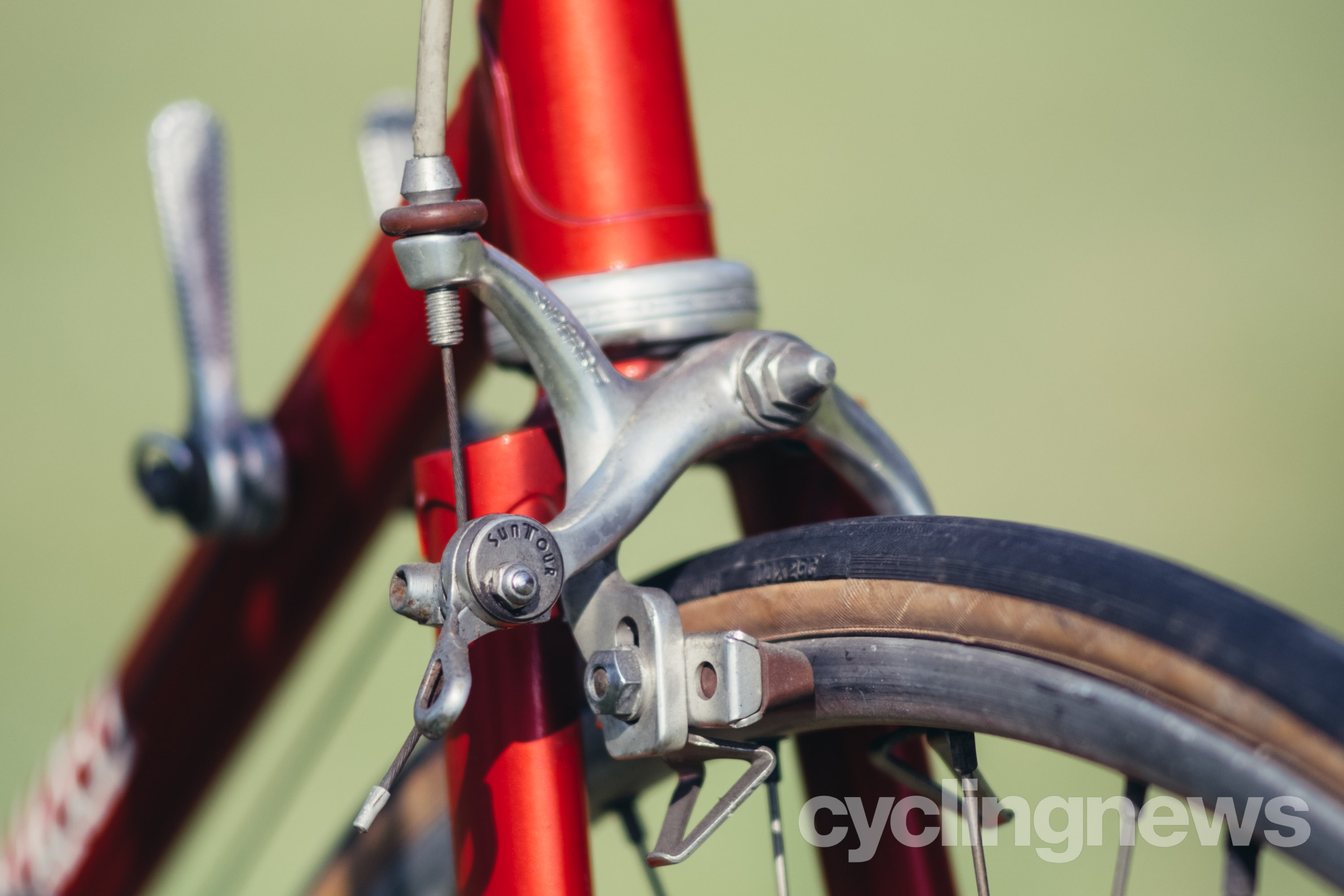
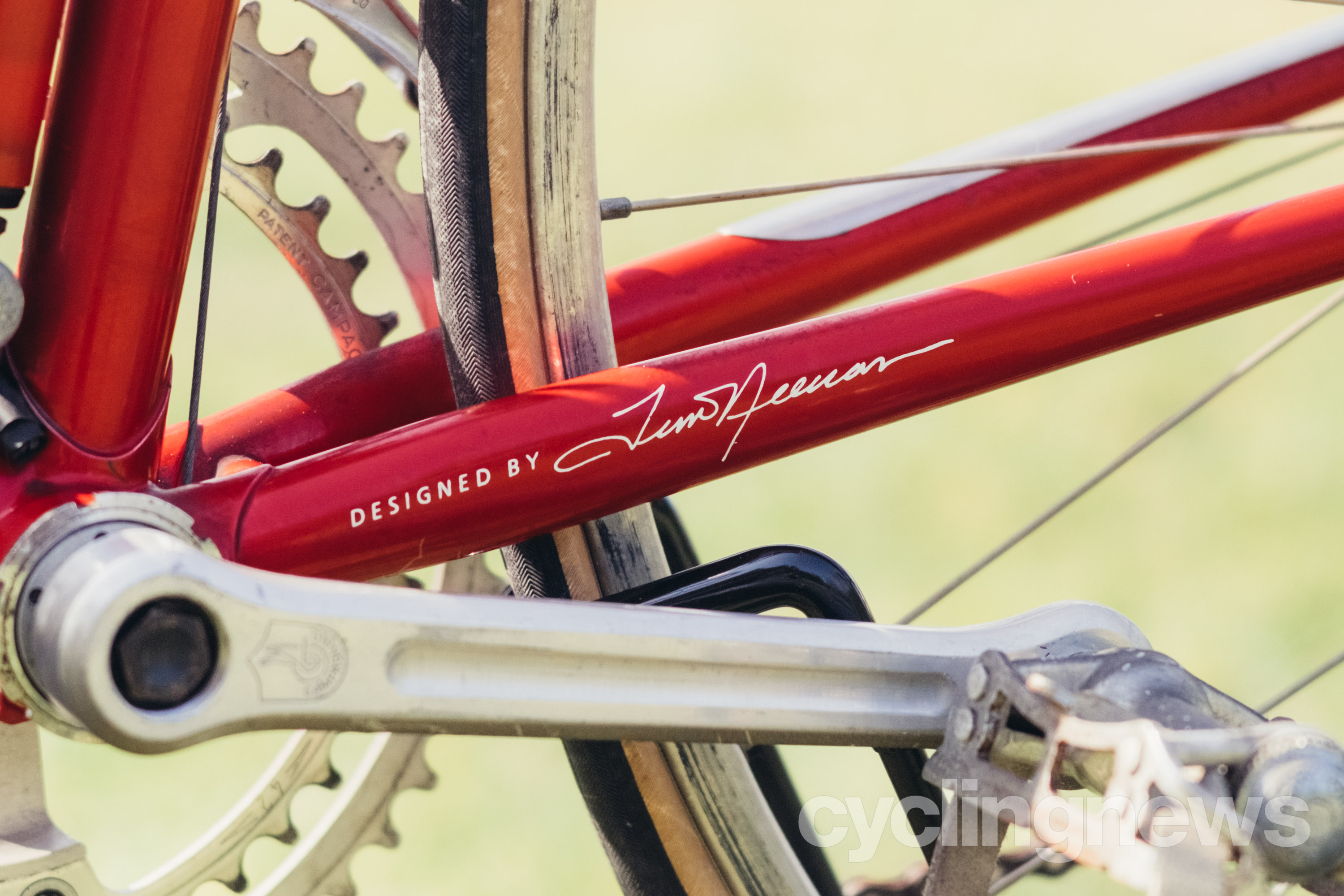
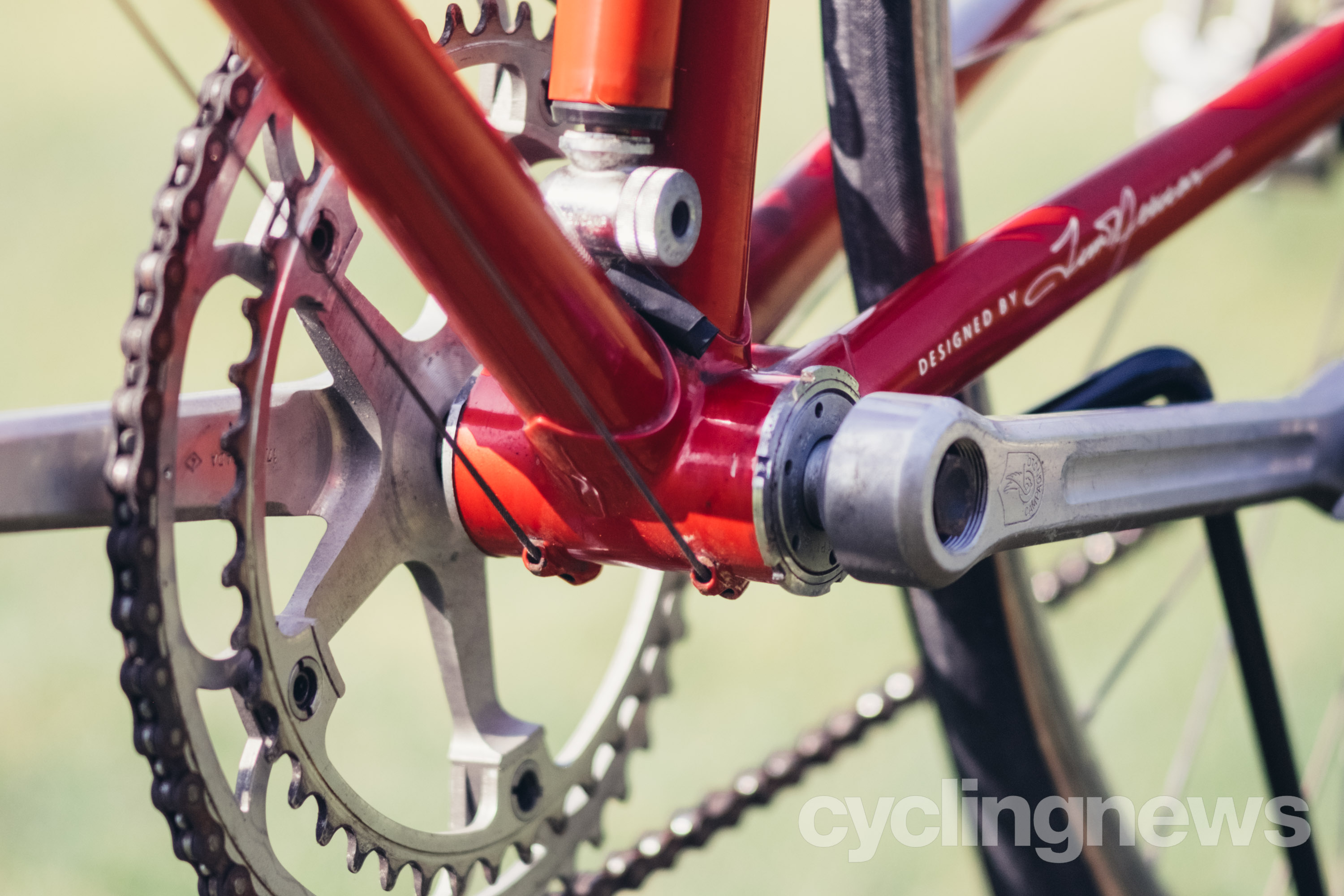
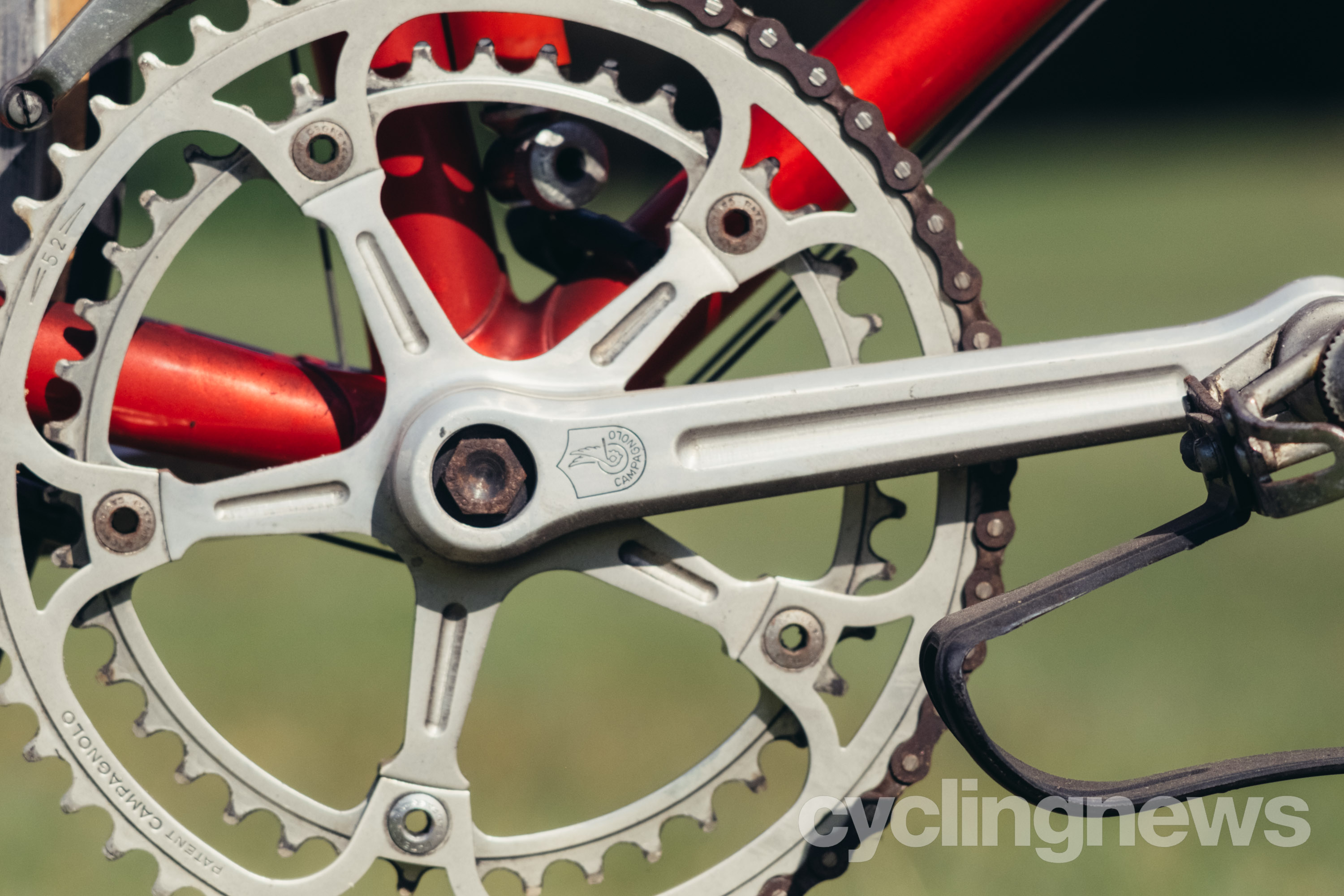
The future of Allez
The Allez isn’t going anywhere, that much is clear. Specialized is very proud of the fact it’s been in continuous production since 1981, and speaking to them it’s clear the launch of a new Allez is as important to the company as the launch of a new Tarmac.
Specialized set a trend for the brand with the first Allez Sprint in terms of getting it under pros. We saw it most notably under Peter Sagan prior to the Tour Down Under. The latest model is staying out of the WorldTour though, in favour of big name domestic teams; Legion of Los Angeles in the USA, and Tekkers in the UK. Both are teams with a little more individual identity than perhaps the WorldTour would allow, and likely a better match for a bike that’s trying to market itself as a platform into which you can mesh your own riding identity, rather than a cut and dried set build.
I think for the immediate future the Allez looks set to be a race-facing model with the Sprint. What will be telling will be what happens to the non-Sprint Allez that’s currently still available with rim brakes and quick-release wheels; will it be allowed to wither on the vine in favour of its racy sibling to provide that model separation and finally re-cement the Allez as a race option again, or will it have an update to bring it up to date, but potentially continue muddying the waters of the model?
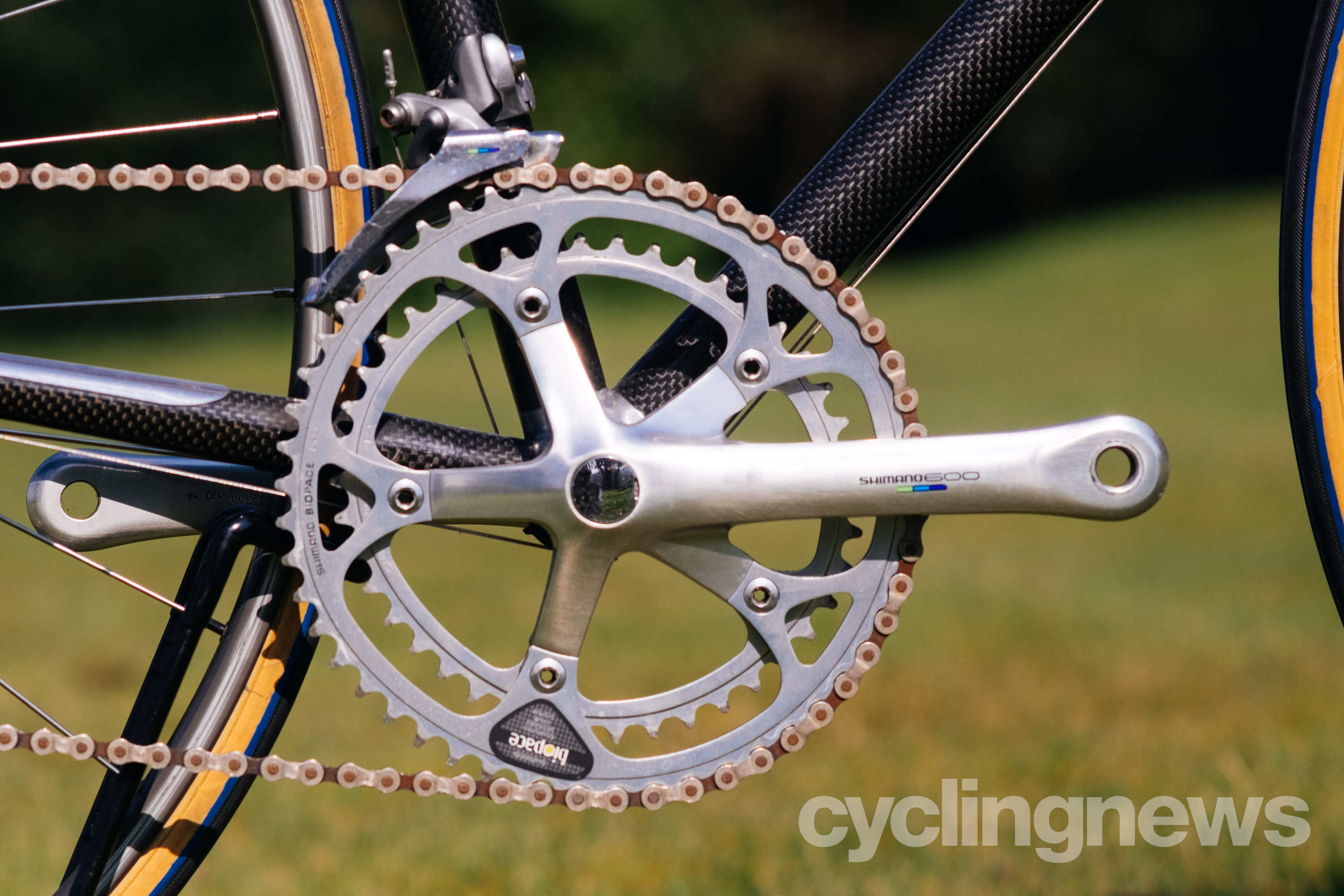
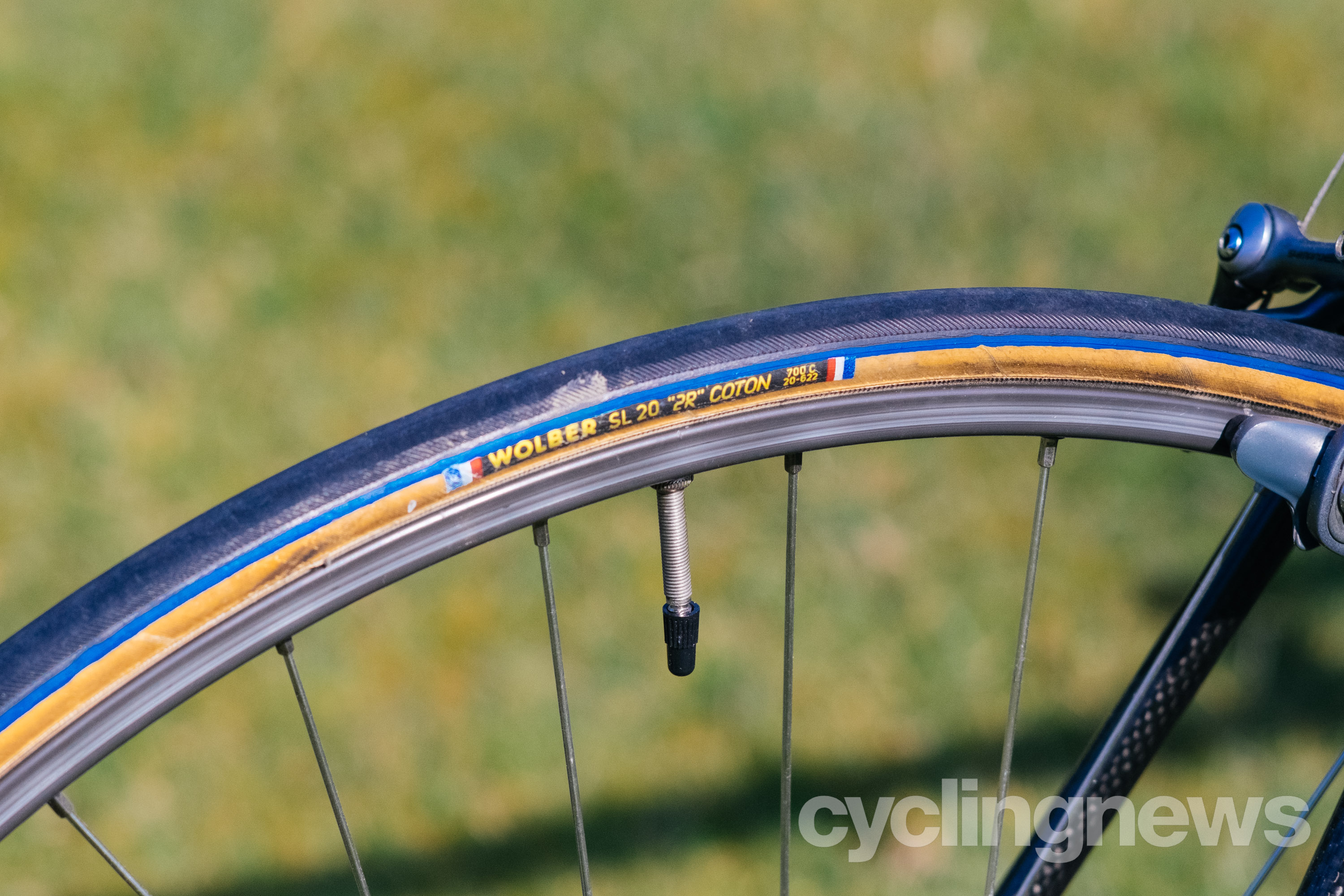
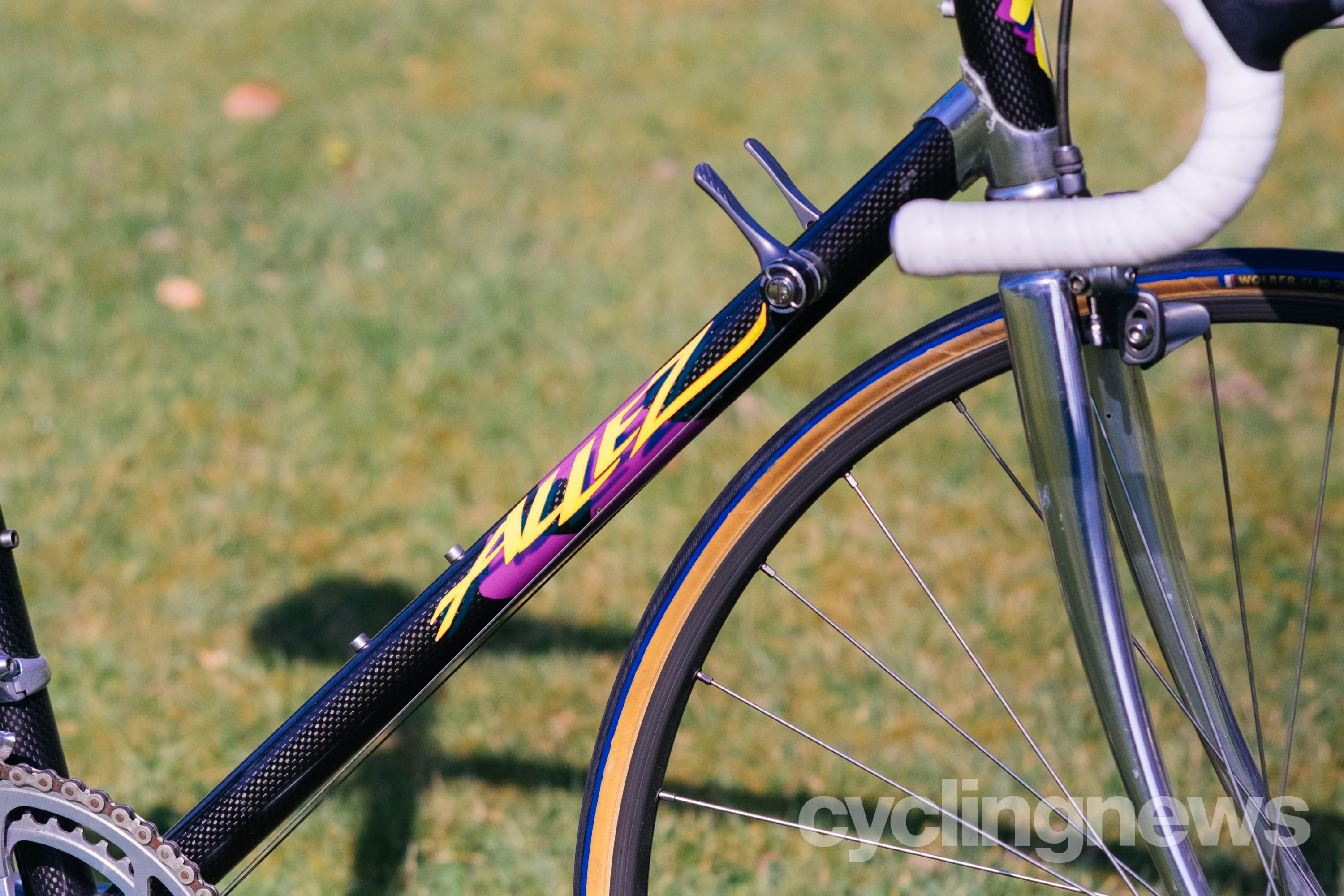

Will joined the Cyclingnews team as a reviews writer in 2022, having previously written for Cyclist, BikeRadar and Advntr. He’s tried his hand at most cycling disciplines, from the standard mix of road, gravel, and mountain bike, to the more unusual like bike polo and tracklocross. He’s made his own bike frames, covered tech news from the biggest races on the planet, and published countless premium galleries thanks to his excellent photographic eye. Also, given he doesn’t ever ride indoors he’s become a real expert on foul-weather riding gear. His collection of bikes is a real smorgasbord, with everything from vintage-style steel tourers through to superlight flat bar hill climb machines.